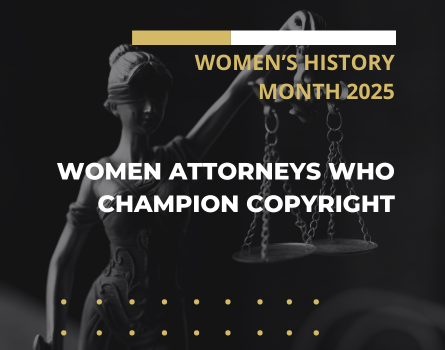
Women’s History Month 2025: Women Attorneys Who Champion Copyright
Women’s History Month 2025 is a time to honor, value, and highlight the exceptional achievements of women across diverse fields. The field of copyright law is no exception, where many […]
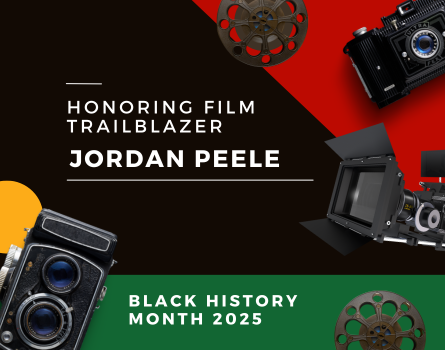
Black History Month 2025: Honoring Film Trailblazer Jordan Peele
Black History Month 2025 offers an opportunity to reflect on individuals who have profoundly shaped cultural narratives through their work. Among those who stand out is Jordan Peele, a filmmaker […]

Summary of the USCO Copyright and AI Report; Part 2: Copyrightability
On January 29, the U.S. Copyright Office released Part Two of its AI study, which analyzed issues surrounding the copyrightability of works that are partially or wholly generated by AI. […]
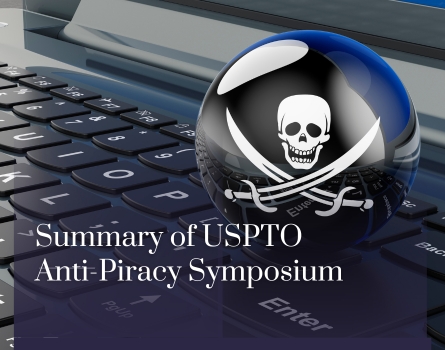
Summary of USPTO Anti-Piracy Symposium
On January 23, 2025, the United States Patent and Trademark Office (USPTO) hosted an Anti-Piracy Symposium at its headquarters in Alexandria, Virginia. The symposium highlighted piracy issues and trends affecting […]
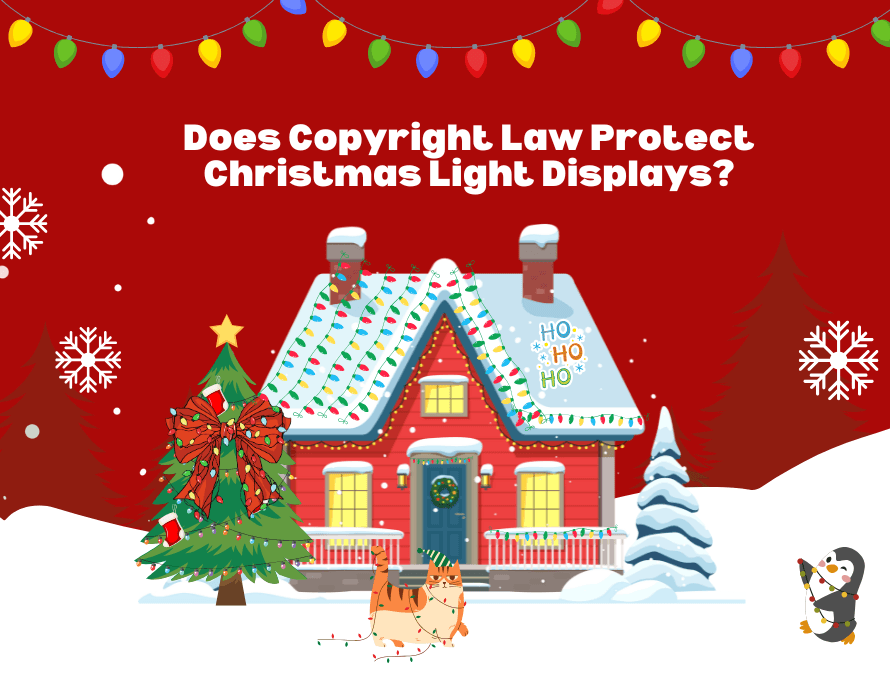
Does Copyright Law Protect Christmas Light Displays?
As the fall season ends, the Mariah Carey defrosting process begins – Christmas is here! Across the country excited families begin their Christmas light extravaganza. Whether it is Candy Cane […]
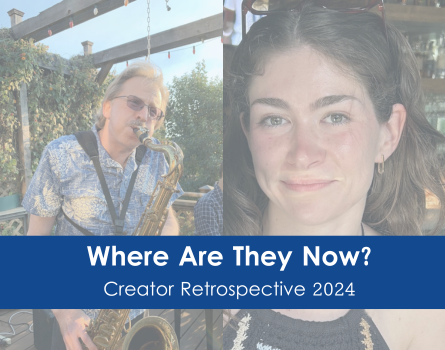
Creator Retrospective 2024: Career Shifts & AI Implications
We’ve interviewed many creators in our Creator Spotlight series over the years, and we love watching their journeys as their careers develop. This year, we’re catching up with a few […]

Are Recipes and Cookbooks Protected by Copyright?
There’s a great deal of time, money, and effort that goes into creating recipes and the content that accompanies them. Creators can spend hours perfecting a dish, taking mouthwatering photographs […]

Creator Spotlight with Singer/Songwriter Jaimee Harris
This week we’d like to introduce you to singer/songwriter Jaimee Harris. Her most popular music video, “Good Morning, My Love” has garnered more than 112k views. After you read her spotlight blog, follow her […]

Creator Spotlight with Fine Artist Ken Thompson
This week we’d like to introduce you to Fine Artist Ken Thompson. What was the inspiration behind becoming a creator? What do you enjoy most about the creative process? Growing […]

Does Copyright Law Protect Gravestones?
When we think of gravestones, we often focus on their sentimental or historical value. Yet, gravestones contain an unexpected legal aspect: copyright. Other common motifs of Halloween, such as scary […]

